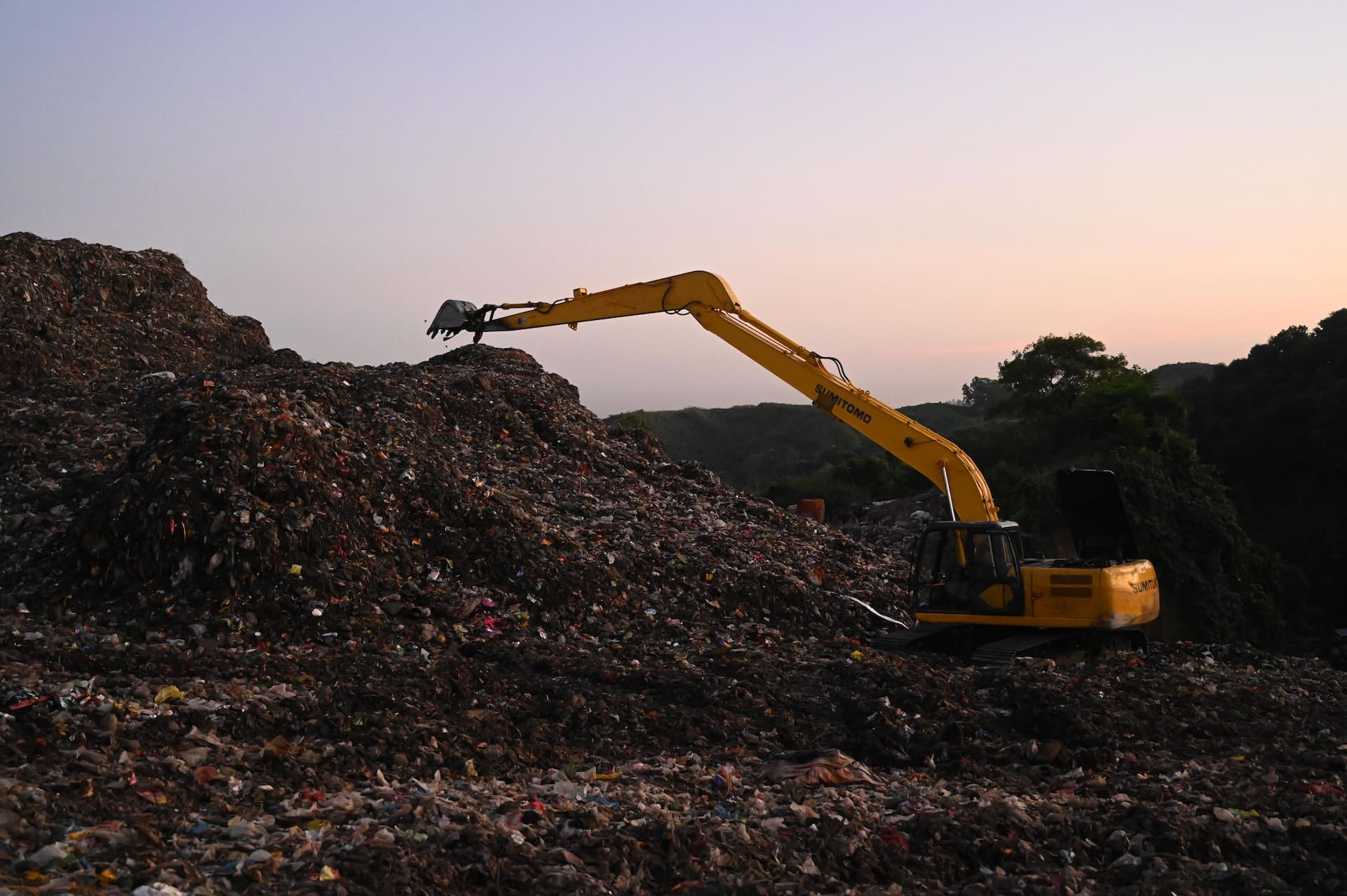The Evolution of Waste Management and Landfills
A Brief History of Waste Management
Throughout history, human civilizations have always generated waste from cooking, agriculture, or daily activities. In ancient times, digging pits to bury the waste was the most common solution. However, as communities grew, so did the quantity of waste produced. The industrial revolution of the 18th and 19th centuries exponentially increased the waste generated. This period marked a turning point for waste management as municipalities had to devise structured ways to deal with this waste to prevent diseases and keep the environment clean.
The Advent of Modern Landfills
By the mid-20th century, the concept of landfills began to evolve into what we recognize today. Engineers developed methods to compact waste and cover it with soil layers to minimize its environmental impact. This era also saw the implementation of regulations regarding landfills to ensure that they did not contaminate water sources or become breeding grounds for pests. Modern landfills became more than just dumpsites; they were engineered facilities designed for the long-term containment of waste.
The Anatomy of a Landfill
What Constitutes a Landfill?
A landfill is a complex structure designed to store waste and minimize the environmental impact. It’s usually situated in a well-chosen location that minimizes the risk of contamination to the surrounding areas. A modern landfill consists of a bottom liner, a waste cell (where the waste is stored), stormwater drainage, a leachate collection system, a cover, and various monitoring systems like gas and groundwater monitoring wells.
Essential Components for Efficiency
A landfill must have specific vital components to function efficiently and within environmental safety standards. The bottom liner is crucial to prevent leachate from seeping into the ground and contaminating water sources. The cells are carefully designed areas where the waste is dumped. The stormwater drainage system ensures that rainwater does not enter the area where the waste is stored. The leachate collection system gathers and treats any liquids that have come in contact with the waste. Finally, the cover system is applied to isolate the waste from the environment and protects it from air and water.
The Role of Junk Removal Services
Junk removal services are critical in the initial phase of the landfill process. They are responsible for collecting and transporting waste from residential and commercial areas to the landfills. Without efficient junk removal services, managing the volume of waste produced daily would be challenging. These services must be capable of handling various types of waste and ensuring that they are disposed of or recycled following regulations.
The Landfill Process: From Trash to Terrain
Collection: The First Step in Waste Management
The process begins with collecting waste from households, businesses, and construction sites. This step is crucial as adequately segregating waste into recyclables and non-recyclables at this stage can significantly reduce the volume of waste in landfills.
Transportation and the Importance of Junk Removal Services
Once the waste is collected, it must be transported to the landfill site. This is where junk removal services play an essential role. They not only transport the waste but also ensure that it is done in a manner that is safe and efficient.
Dumping and Layering: Building a Landfill
Upon reaching the landfill, the waste is compacted and dumped in cells. It is then layered with soil or an alternative material. This layering helps to reduce odors, keeps waste from being blown away by the wind, and discourages the breeding of pests.
Covering and Monitoring: Safeguarding the Environment
Once a landfill reaches its capacity, it is closed and covered. This
cover, often made of a layer of clay and a synthetic liner, seals the contents and prevents rainwater from seeping through, which could create leachate that may contaminate nearby water sources. Gas vents are also installed to allow gases generated within the landfill, such as methane, to escape.
Monitoring the closed landfill is critical. Groundwater and gas monitoring systems are installed to ensure that there are no leakages and that the landfill is not detrimental to the environment. The monitoring phase can last several years to ensure the stability and safety of the closed landfill site.
The Environmental Impact of Landfills
The Effect on Air Quality
Landfills can significantly impact air quality. As waste decomposes, it releases methane, a potent greenhouse gas. While modern landfills have gas collection systems to minimize this, older or poorly managed landfills can be a significant source of air pollution.
Water Pollution and Landfills
Another concern is the potential for water pollution. Leachate, a liquid that forms as water mixes with waste materials, can be highly toxic. Modern landfills are designed with leachate collection and treatment systems to address this. However, if these systems fail, or in older landfills that might not have these systems, there is a risk of contamination of the surrounding groundwater or surface water.
Land Use and Its Consequences
Landfills require large tracts of land, and the choice of location is often a contentious issue. Not only is the land rendered unusable for other purposes for a very long time, but there are also concerns about the impact on property values in the surrounding areas and the overall quality of life for nearby residents.
Landfills and Renewable Energy
Capturing Landfill Gas for Energy
One of the innovative solutions in dealing with landfill gases is capturing them and using them as renewable energy sources. Methane can be harvested from landfills and used to generate electricity. This not only reduces the environmental impact of methane but also provides a sustainable source of energy.
How Landfills Contribute to Sustainability
Besides gas capture, some landfills are integrated with recycling facilities. Materials such as metals, plastics, and paper can be extracted and recycled. This reduces the volume of waste going into the landfill and allows these materials to be reused.
Encouraging Sustainable Practices and Continued Learning
As we delve into the intricacies of landfills and their impact on the environment, it becomes clear that responsible waste management is crucial for sustainability. Modern landfills have evolved to minimize environmental impacts and even find creative uses for waste. However, there is still much to be done. Education, innovation, and community engagement are vital to driving forward more sustainable practices.
Stay ahead and informed by subscribing to our newsletters. Be part of a community that values knowledge and responsible living. Keep reading our recommended articles, and together, let’s make our planet a better place for future generations.





